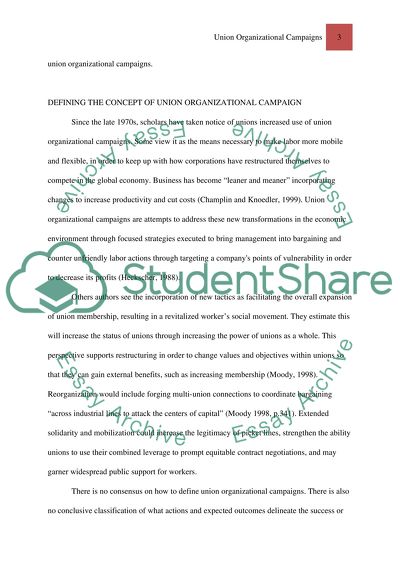Cite this document
(“Union Organization Campaigns Research Paper Example | Topics and Well Written Essays - 3250 words”, n.d.)
Retrieved from https://studentshare.org/miscellaneous/1523109-union-organization-campaigns
Retrieved from https://studentshare.org/miscellaneous/1523109-union-organization-campaigns
(Union Organization Campaigns Research Paper Example | Topics and Well Written Essays - 3250 Words)
https://studentshare.org/miscellaneous/1523109-union-organization-campaigns.
https://studentshare.org/miscellaneous/1523109-union-organization-campaigns.
“Union Organization Campaigns Research Paper Example | Topics and Well Written Essays - 3250 Words”, n.d. https://studentshare.org/miscellaneous/1523109-union-organization-campaigns.


